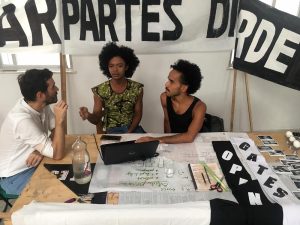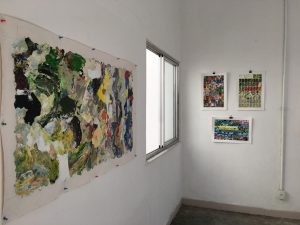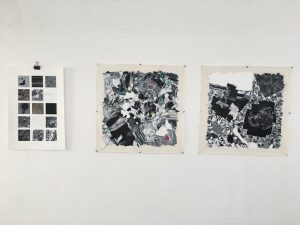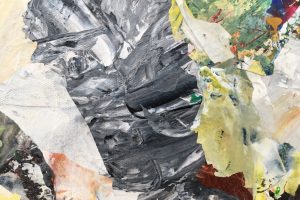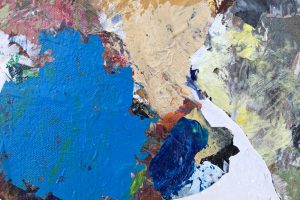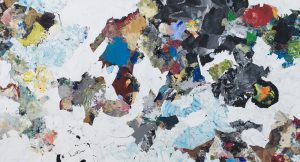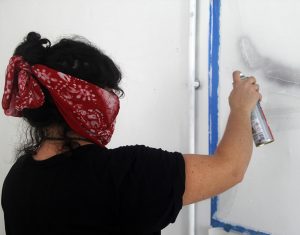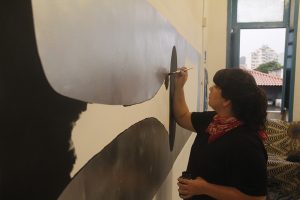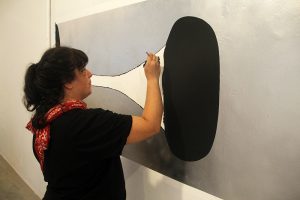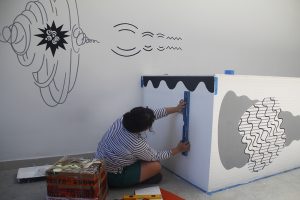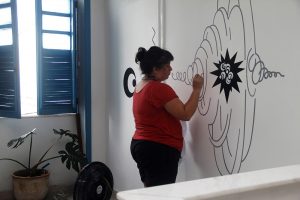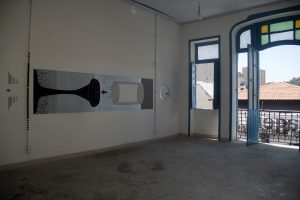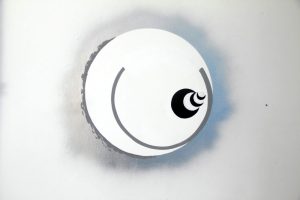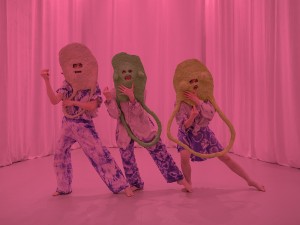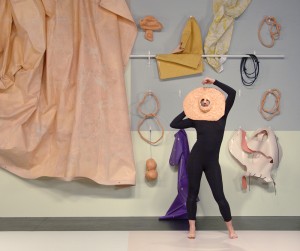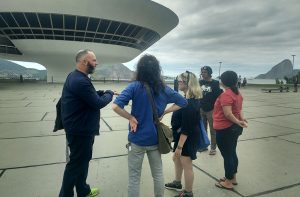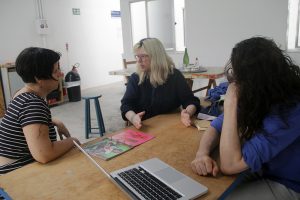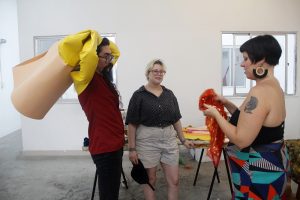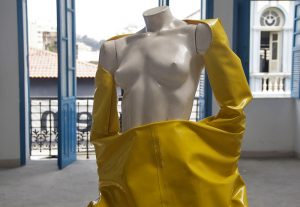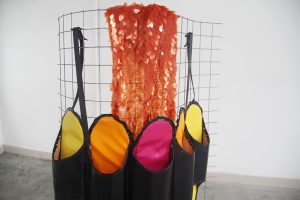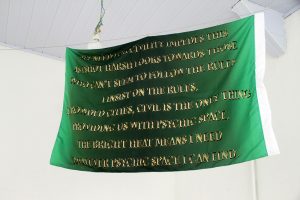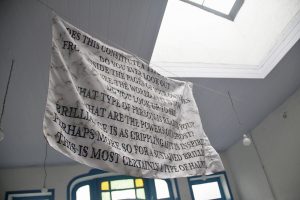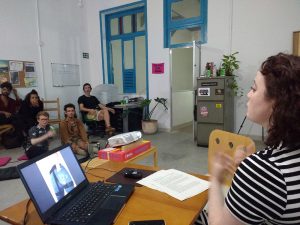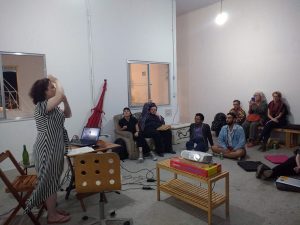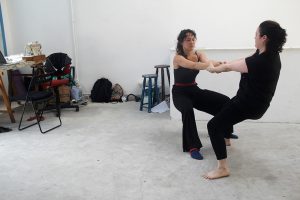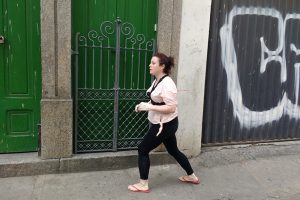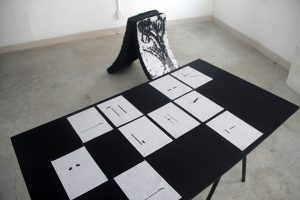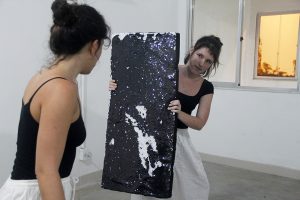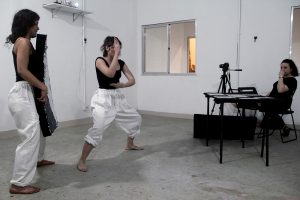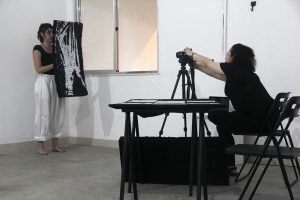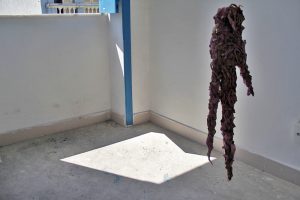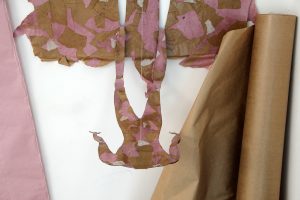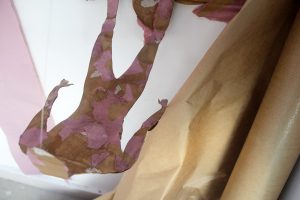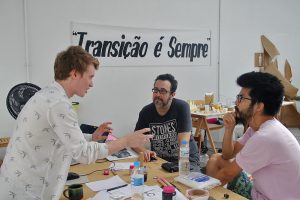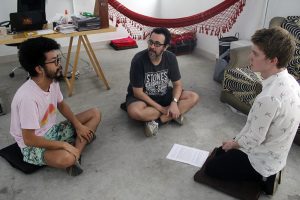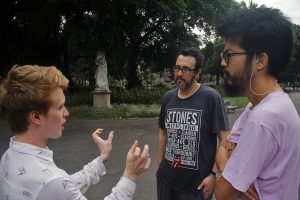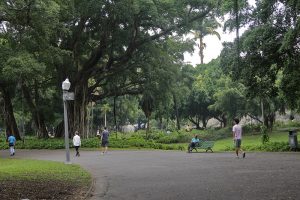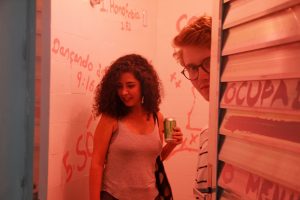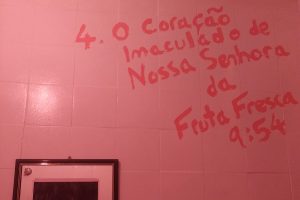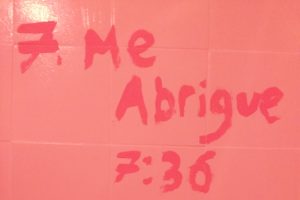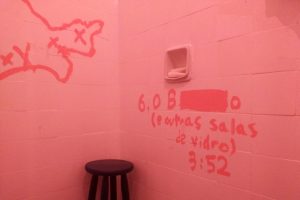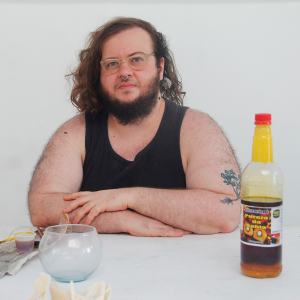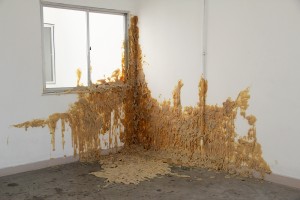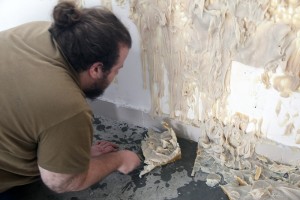This residence works as an experiment for a future fully funded programme, which aims to support the development of the practice and research of local artists. A big thanks to curators Bernardo Jose De Souza, Guilherme Altmayer, Leno Veras and Victor Gorgulho, who support and participate in this first experience.
Santiso and Willa Morais live and work in Rio de Janeiro. Their research starts from invisible narratives to affirm collective memories through photographs, texts and actions, dealing with representations in the social and aesthetic field. Throughout this residence at Despina, the duo will gather some material of their previous urban interventions, in order to bring to another scale the geographical, poetic and political situations that, in their processes, project better living and work conditions within the Brazilian colonial-structured society. Through the combination of past and future and starting from the relationship with people, territories and knowledge, the artists seek visual processes as tools to create shared practices.
Daniel Santiso (1993) is an artist, filmmaker and writer. Graduated in media studies from UFRJ – School of Communication (within an international agreement with the Université Sorbonne Nouvelle UFR Arts et Médias. His current works include a collaboration with the Anarca Films Residence (2018), at Espaço Saracvra; the production of the photo book “Livro-Poeira” (“Dust-Book”) (2018), as a result of the experimental documentary “A poeira não quer sair do esqueleto” (2018), directed by Max Willa Morais and funded by the Department of Culture of Rio de Janeiro and Fundação Cesgranrio; and also the action “13 + 17” (2018), which took place at Galpão Bela Maré in partnership with Felipe Ferreira, Guilherme Altmayer, Maíra Barillo, Pâmella Liz and Rodrigo D’Alcântara. Currently, Santiso is researching elements of visual communication – in relation to the Brazilian black diaspora -, in public and private collections, and also developing actions around collective memories.
More information
http://cargocollective.com/danielsantiso
silvasantisodaniel@gmail.com
Max Willa Morais (1993) is an artist specialized in Visual Arts Languages and Education. He participates in the Projeto Experiências Indiciais (“Index Experiments Project”) at the State University of Rio de Janeiro – UERJ, for which he has worked as an executive producer for the seminar/show “Between nature and the artifice” (2017-2018). He has also worked as a researcher of education and cultures of the peripheries at the Maria and João Aleixo Institute (2018). Willa organized with Daniel Santiso and Lorran Dias the “Cinerama Week”, an independent film and video art show with collaborations from UFRJ, UERJ, Université Toulouse 2 and several cultural centers in Rio de Janeiro (2016 – 2017). His work investigates stories in archives, geographical situations and material / immaterial relations with people and objects, especially the ones referring to diasporic and familiar memories.
More information
https://maxwillamorais.wixsite.com/portfolio
maxwillamorais@gmail.com
***
Pictures Gallery
by Frederico Pellachin






